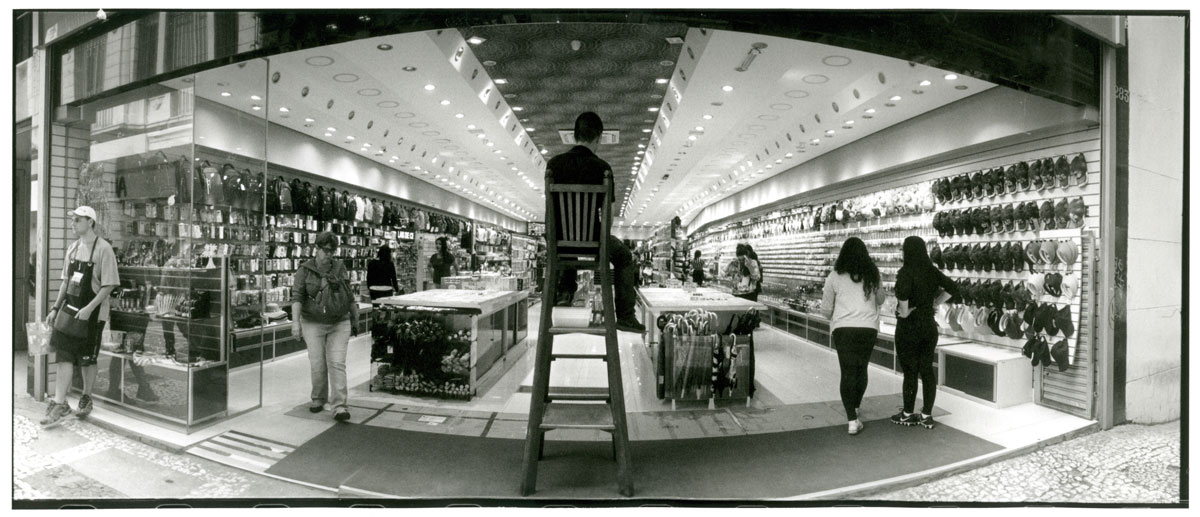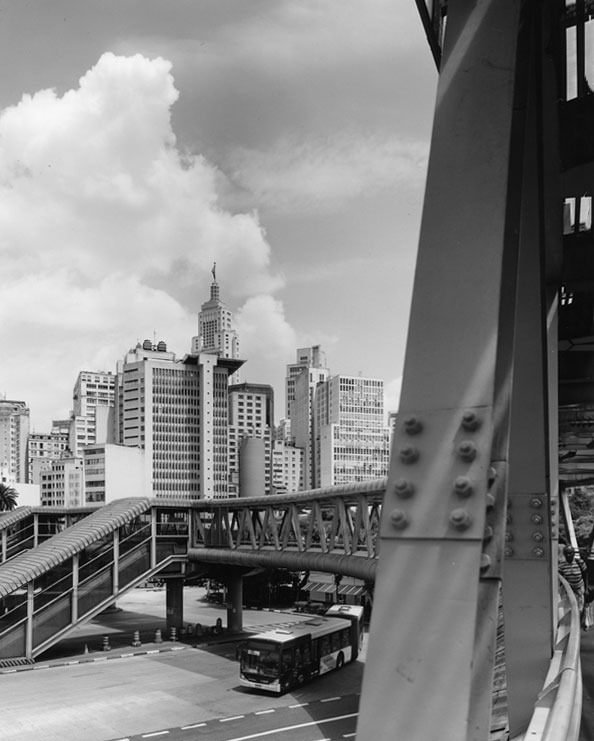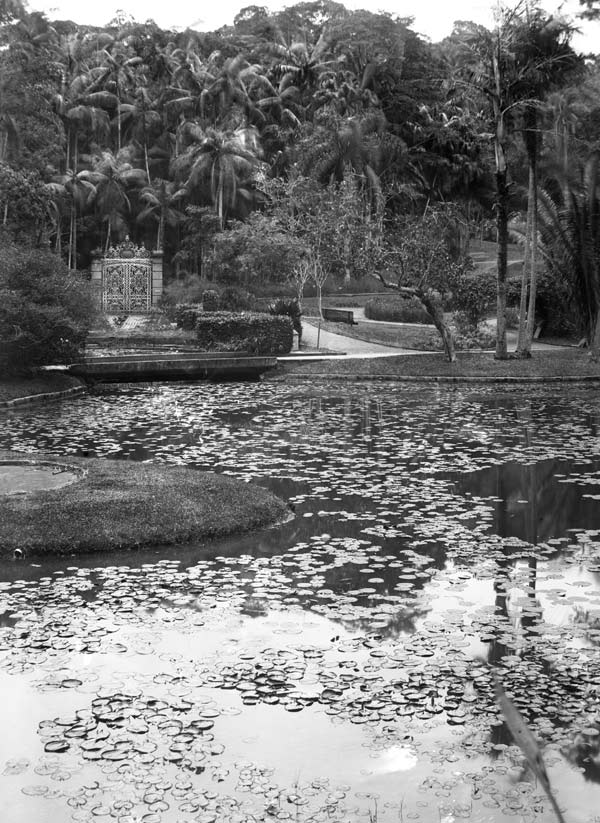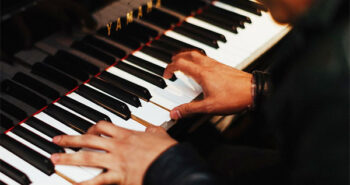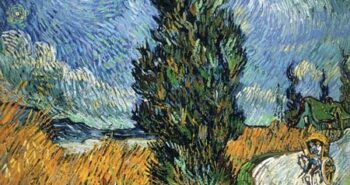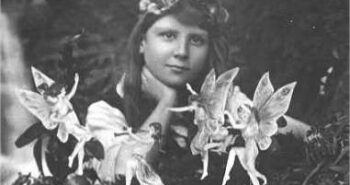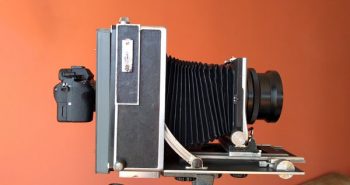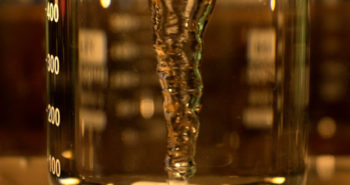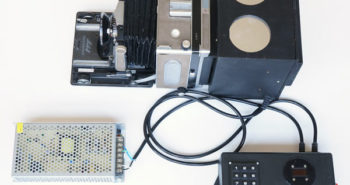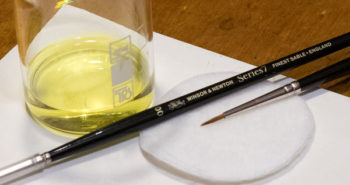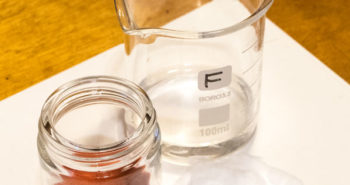Imagine a piano on which you can play any song like a virtuoso. Imagine a camera with which you can take any picture like a pro.
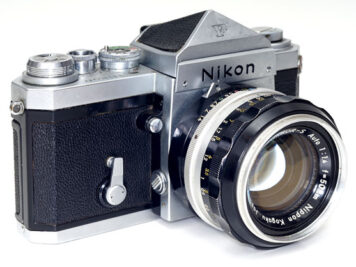
Nikon F | Nippon Kogaku K. K.
The Nikon F was the right camera at the right time. It went from Japan to the world. A combination of specifications, functionality and aesthetics that made it a symbol of a time of great... +

Royal Ruby Triple Extension | Thornton Pickard
Early 20th century English camera, highly sophisticated and well finished field camera. Extendable bellows up to 70 cm, 18x24 cm format, very easy to assemble and it fits folded into a... +
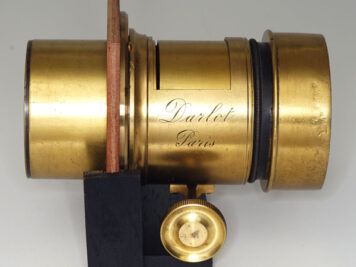
Darlot – B.F & Co.
Petzval-type lens, but from the end of the 19th century. Manufactured by Darlot, a French company, and distributed in the United States by Benjamin French & Co. of Boston. A good example of... +

There was a birdie,
and it sang!
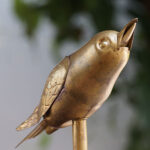 Although it wasn’t originally designed as a photographer’s tool, this brass bird, known as the Victory Canary Songster, was adopted in studios to capture the sitter’s attention, especially children, who would easily get distracted during the setup for a view camera shot. It became a tradition, and the phrase “Watch the birdie!” remained popular even after the bird was no longer there. [Learn more, hear it…]
Although it wasn’t originally designed as a photographer’s tool, this brass bird, known as the Victory Canary Songster, was adopted in studios to capture the sitter’s attention, especially children, who would easily get distracted during the setup for a view camera shot. It became a tradition, and the phrase “Watch the birdie!” remained popular even after the bird was no longer there. [Learn more, hear it…]
Horizont from KMZ, a panoramic camera with swing lens
 The concept of sweeping a scene with a rotating lens was introduced very early in photography. It has its own advantages, disadvantages and characteristics if compared to the simple use of a wide angle to produce panoramic pictures. Understand what happens optically and how to explore both systems. read more…
The concept of sweeping a scene with a rotating lens was introduced very early in photography. It has its own advantages, disadvantages and characteristics if compared to the simple use of a wide angle to produce panoramic pictures. Understand what happens optically and how to explore both systems. read more…
Super Angulon f/5.6 – Schneider Kreuznach
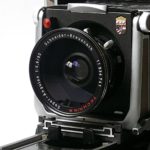 Launched in the 60’s, the Super Angulon is one of the best wide angle lenses ever made. It covers 13 x 18 cm, if one wants to use its 105º angle of view. But fitted to a 4×5″ camera, like a Linhof Technika, it allows plenty of movements and is capable of superb results. read more …
Launched in the 60’s, the Super Angulon is one of the best wide angle lenses ever made. It covers 13 x 18 cm, if one wants to use its 105º angle of view. But fitted to a 4×5″ camera, like a Linhof Technika, it allows plenty of movements and is capable of superb results. read more …
Manoeuvres with a Petzval type portrait lens
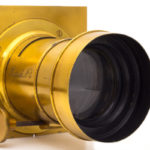 With modern lenses it is possible to focus on any part of an image and get a sharp spot while keeping composition as it pleases us. With old lenses, Petzvals for instance, even adjusting the best focus, the peripheral parts of an image will never come out sharp, unless we stop down the lens. This article discusses how to use a large-format camera for situations where the subject we want sharp is far from the optical center of the lens and we want it fully open. read more …
With modern lenses it is possible to focus on any part of an image and get a sharp spot while keeping composition as it pleases us. With old lenses, Petzvals for instance, even adjusting the best focus, the peripheral parts of an image will never come out sharp, unless we stop down the lens. This article discusses how to use a large-format camera for situations where the subject we want sharp is far from the optical center of the lens and we want it fully open. read more …
Objectif Achromatique – Lerebours et Secrétan ~1855
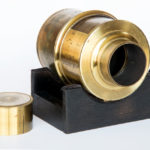 This is a lens that probably made some daguerreotypes more than 160 years ago. A doublet with a diaphragm at the front and has for decades been the preferred lens for landscapes. In this article you will learn the story of one of the pioneering makers of photography: Noël-Marie Lerebours, who was also a publisher and daguerreotypist in Paris. See a recent photo taken with this lens having as support an 18 x 24 cm dry plate. read more …
This is a lens that probably made some daguerreotypes more than 160 years ago. A doublet with a diaphragm at the front and has for decades been the preferred lens for landscapes. In this article you will learn the story of one of the pioneering makers of photography: Noël-Marie Lerebours, who was also a publisher and daguerreotypist in Paris. See a recent photo taken with this lens having as support an 18 x 24 cm dry plate. read more …
Understand focal length, angle of view and image circle
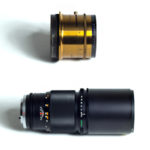 How can a 300mm lens be wide-angle and another 300mm lens be considered long focus? In this article you will learn or review the three basic parameters that define a lens: focal length, angle of view and image circle. You will be able to understand and evaluate the use of any lens for any format. leia mais…
How can a 300mm lens be wide-angle and another 300mm lens be considered long focus? In this article you will learn or review the three basic parameters that define a lens: focal length, angle of view and image circle. You will be able to understand and evaluate the use of any lens for any format. leia mais…
This is a developer that you can easily make at home. It is very versatile, has a long shelf life in concentrated form and is easy to use. Its formula uses dilutions of 1:25, 1:50, 1: 100, and up to 1: 200 in water. It is a great option for developing black and white films for those who develop...
A reflection on our relationship with images from an lived experience in which an affective reference comes and goes between past and present, painting and photography.
Two children photographed fairies in 1917 in England. The famous spiritualist Arthur Conan Doyle, author of Sherlock Holmes, saw the beginning of a new era of communication with parallel worlds. In this article, Cottingley's fairies are the pretext for a reflection on the authenticity of images.
Discusses the adaptation and use of large-format lenses with full-frame or smaller digital cameras. Concepts of circle of confusion, focal length and angle of view are reviewed as a basis to theoretically understand the reason for the loss of sharpness in the images thus produced.
Complete tutorial for building a device that allows you to make sun exposures with the same amount of UV radiation even at different times and atmospheric conditions. Useful for cyanotype, gum bichromat, salted paper and other historical photographic printing processes.
Complete and detailed tutorial for you to produce a magnetic stirrer. It is an invaluable aid for preparing solutions in analog photography, such as developers and fixers. Assembly is very simple and uses low cost components.
Complete project for the construction of a photographic amplifier head using RGB LEDs. Includes your timer / mixer. It allows the use of multi-contrast papers and can be fixed on a 4x5 camera for use as an amplifier.
Tutorial shows you how to spot retouch black and white photos either by chemical reduction, or by depositing pigments to darken small areas. Procedure can be used for fault correction or creatively as photograph interventions. Example shows how to enhance catchlights.
Article shows how you can change the perspective of an enlargement by tilting the easel in the analog photo lab
This video-complete tutorial presents a photo retouching technique that aims to lighten up areas of a photograph using a Potassium Ferricyanide reducer.
Full description of the method for retouching black and white photographic negatives. The technique described is the same as that used from the beginning of silver gelatin emulsions. Very effective for smoothing and correcting, especially portraits.
